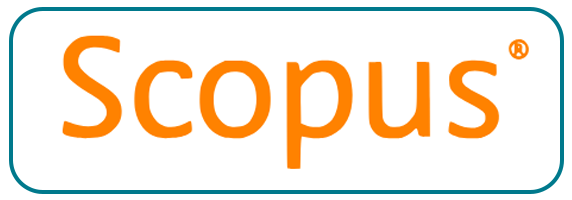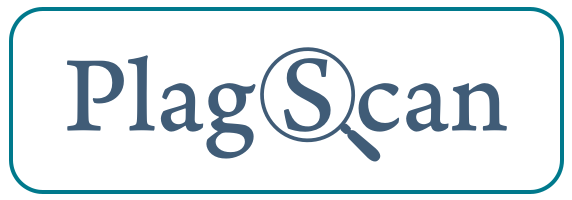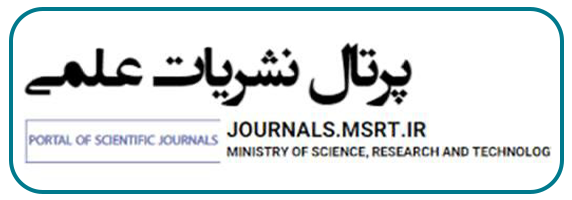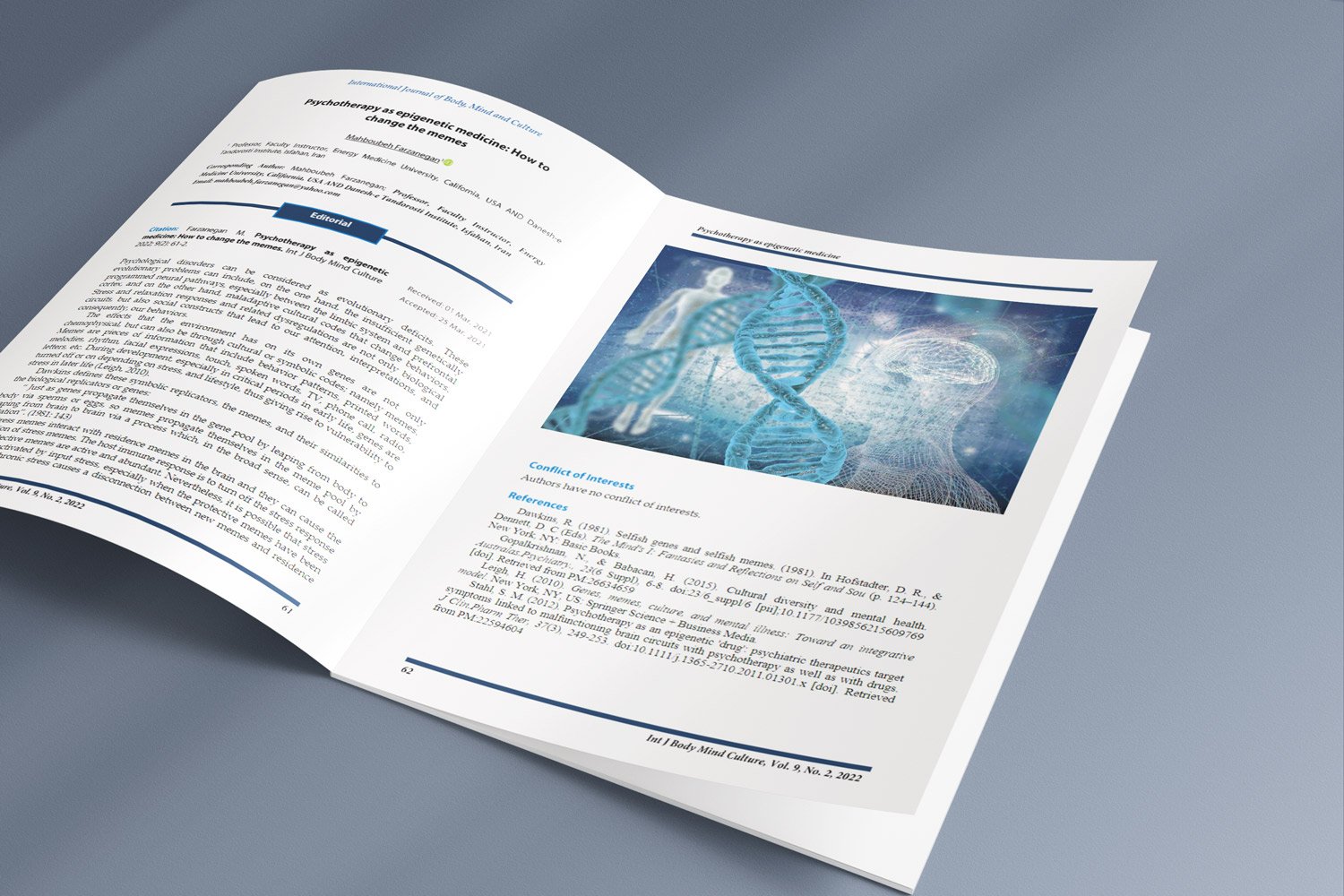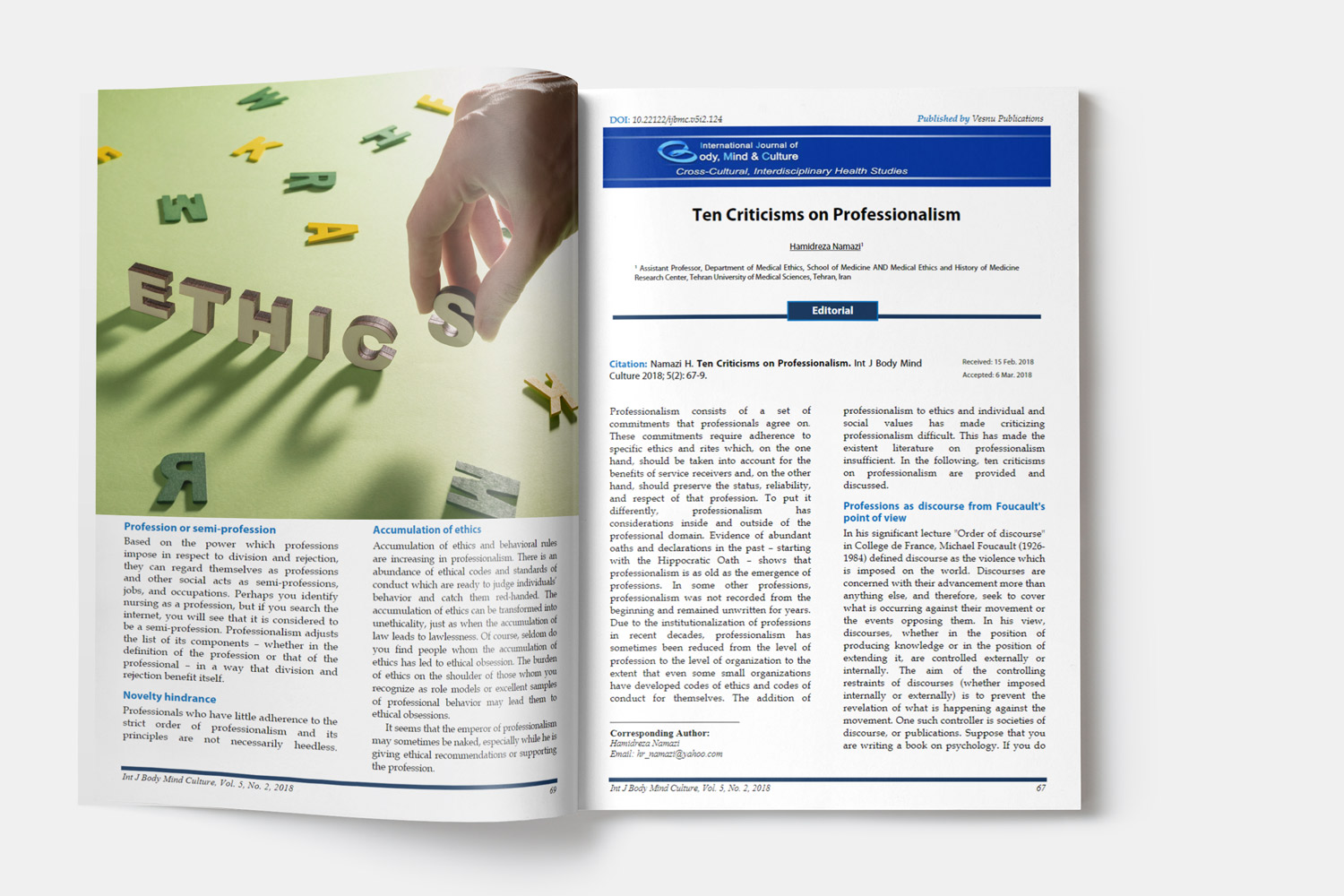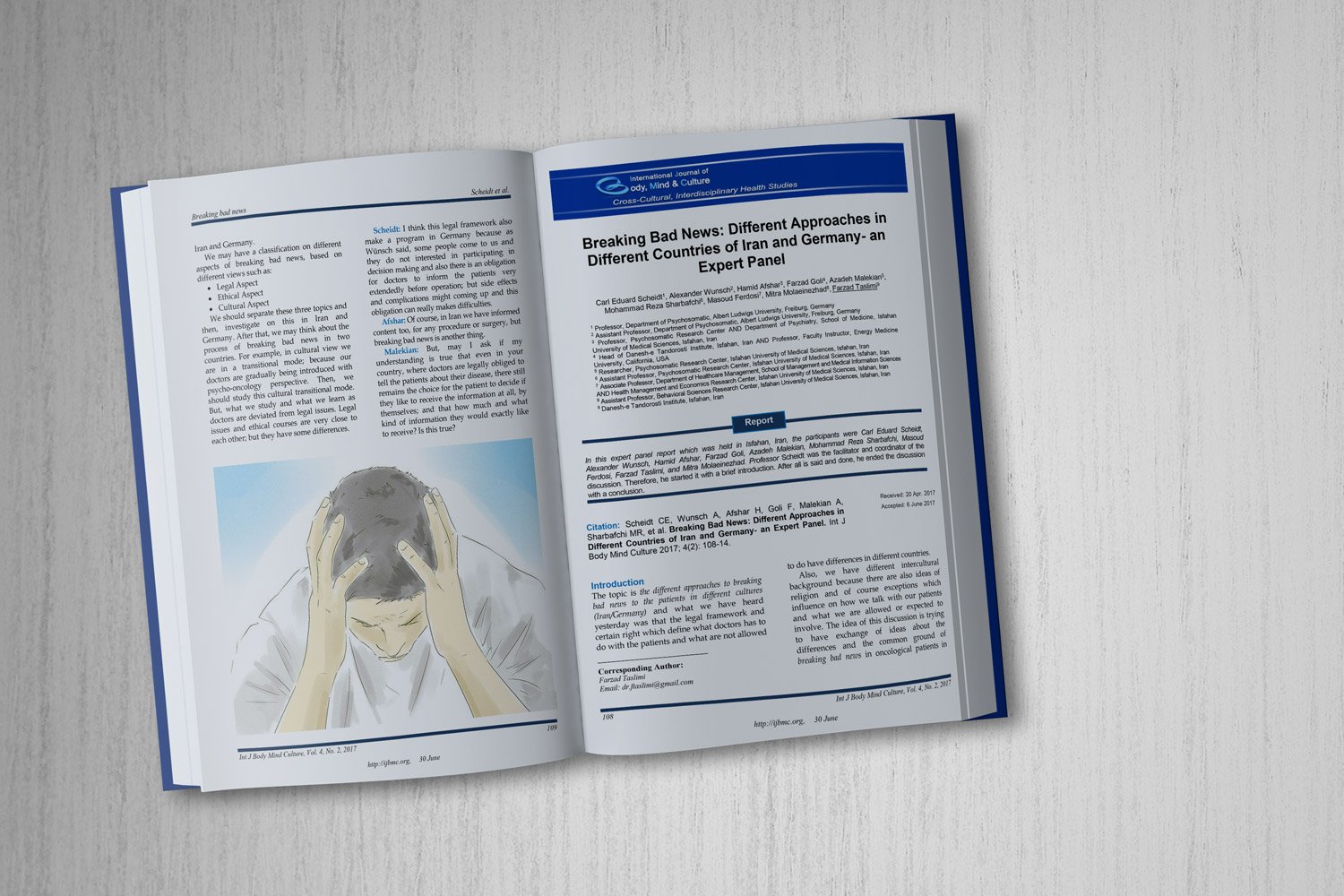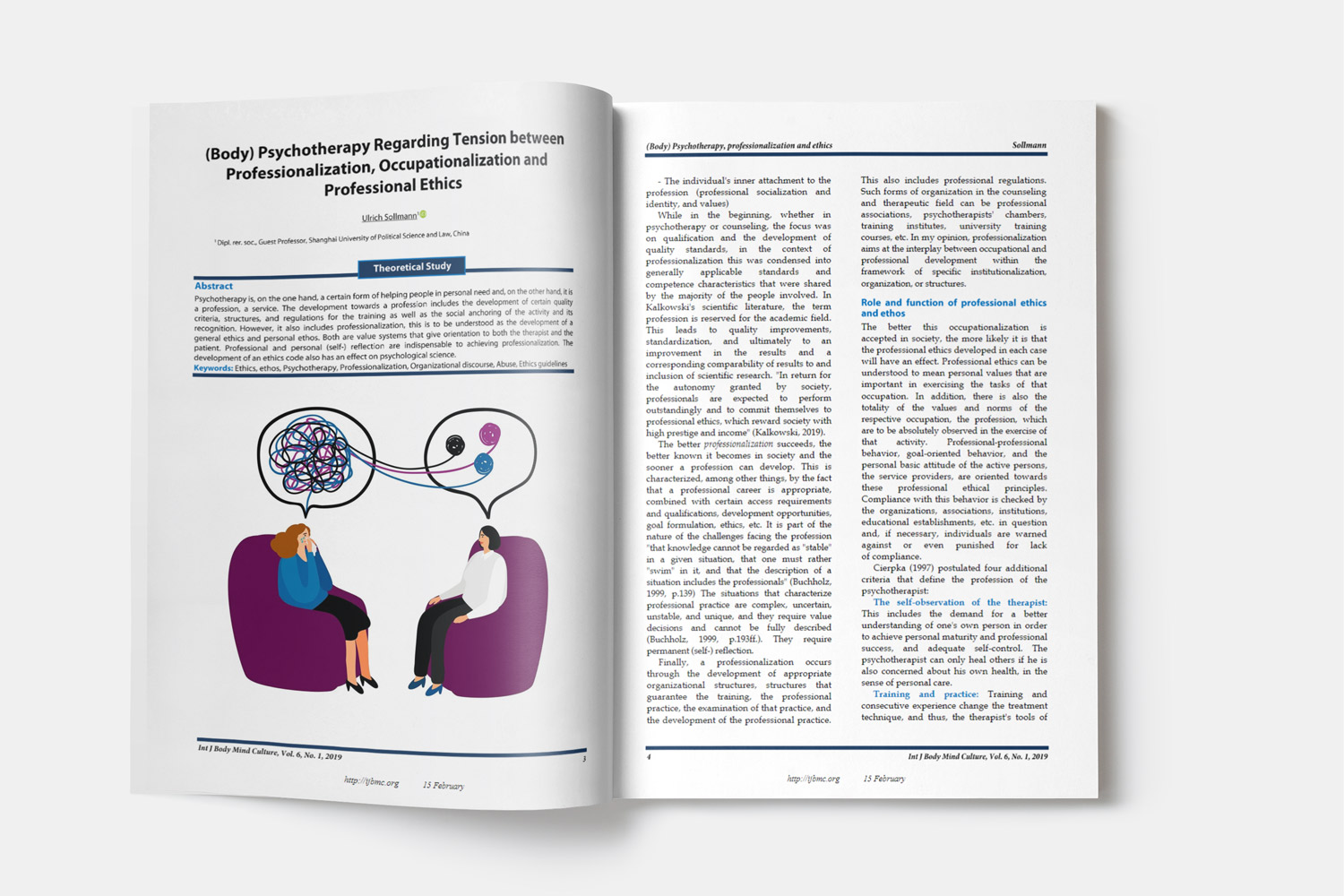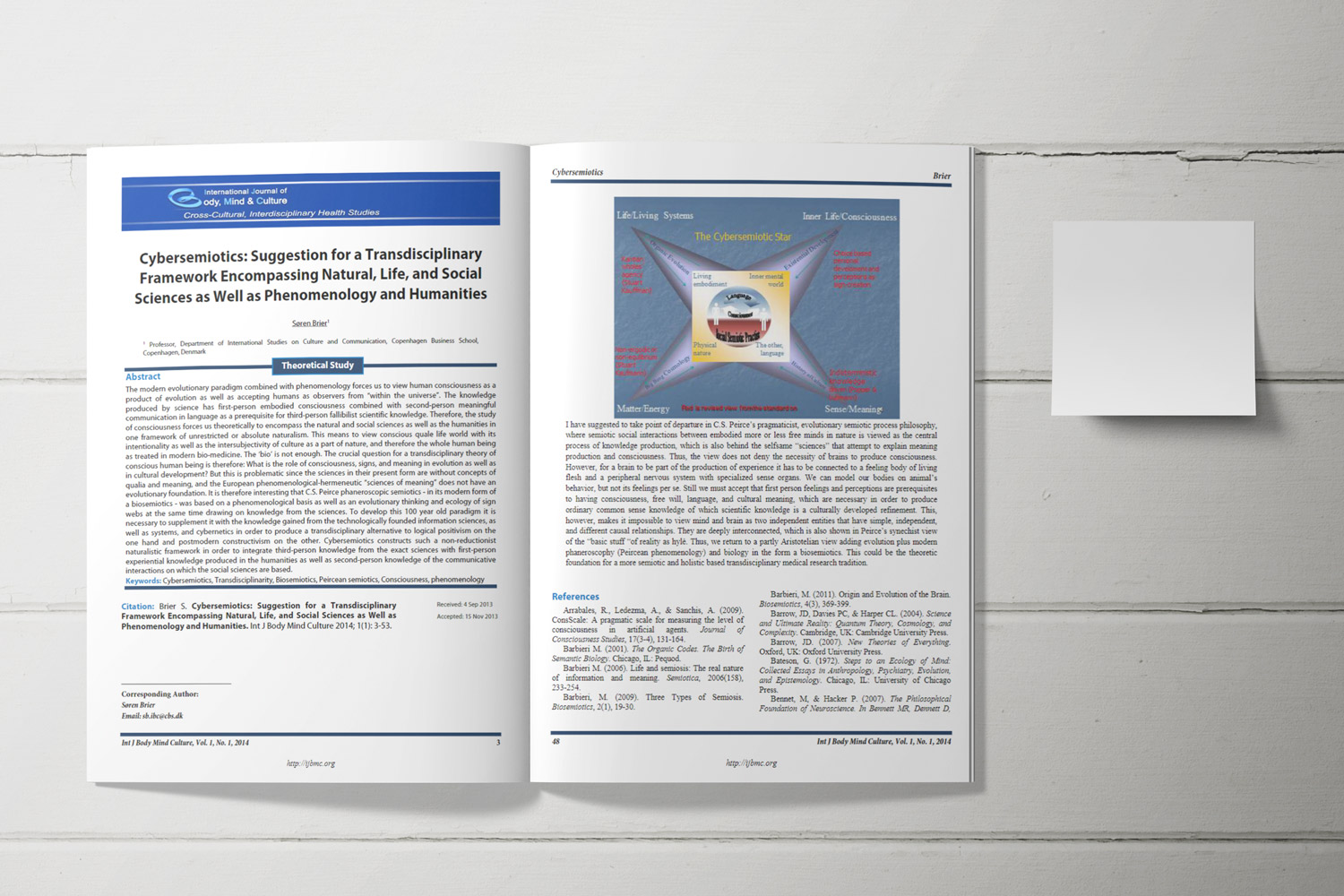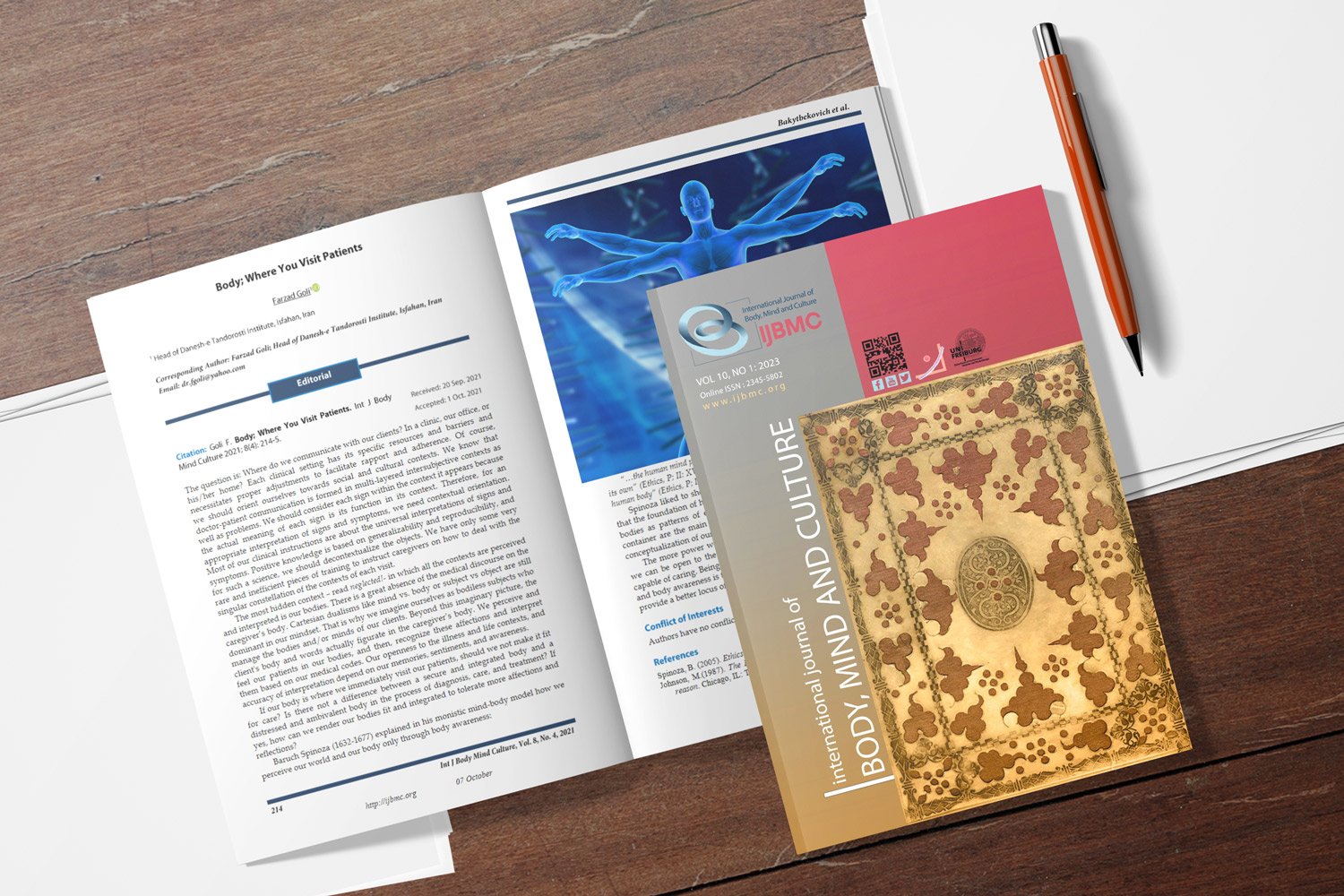The Relationship between Alcohol-Related Protective Behavioral Strategies and Readiness to Quit Alcohol
Downloads
Objective: This study aims mainly to determine the direct and indirect effects of alcohol-related protective behavioral strategies on readiness to quit alcohol.
Methods and Materials: A descriptive, cross-sectional study was conducted at selected health centers in Baghdad. A convenience sample of 274 patients diagnosed with an Alcohol Use Disorder was recruited. Data were collected using a structured questionnaire that included demographic information and a validated scale: Alcohol Use Disorders Identification Test, Alcohol-Related Protective Behavioral Strategies Scale, and Alcohol Stages of Change the Short Form. Descriptive statistics and inferential analyses were used.
Findings: The study results demonstrate that most of the participants are in the Precontemplation Stage of Change for alcohol consuming. Alcohol-related protective behavioral strategies have a statistically significant effect on readiness to quit alcohol. Protective Behavioral Strategies interventions should be integrated into Alcohol Use Disorder treatment protocols to enhance patients’ readiness to change.
Conclusion: Future research should explore longitudinal PBS effects and culturally tailored motivational interventions.
Downloads
American Psychiatric Association. (2022). Diagnostic and Statistical Manual of Mental Disorders (5th , text rev. ed.). APA. https://doi.org/10.1176/appi.books.9780890425787
Baik, O. M. (2019). Structural relationship between psychosocial factors affecting motivation for change in alcoholics. The International Journal of Advanced Culture Technology, 7(3), 103-110.
Castaldelli-Maia, J. M., & Bhugra, D. (2022). Analysis of global prevalence of mental and substance use disorders within countries: focus on sociodemographic characteristics and income levels. International review of psychiatry, 34(1), 6-15. https://doi.org/10.1080/09540261.2022.2040450
Centers for Disease Prevention and Control. (2024). https://www.cdc.gov/
Chang, C., Wang, T., Chen, M., Liang, S., Wu, S., & Bai, M. (2021). Factors influencing readiness to change in patients with alcoholic liver disease: A cross-sectional study. Journal of Psychiatric and Mental Health Nursing, 28(3), 344-355. https://doi.org/10.1111/jpm.12677
CIA. (2019). Alcohol consumption per capita. https://www.cia.gov/the-world-factbook/field/alcohol-consumption-per-capita/country-comparison/
De Leon, A. N., Dvorak, R. D., Perrotte, J. K., Klaver, S. J., Peterson, R., & Magri, T. D. (2024). The role of sociocultural factors on alcohol self-efficacy and protective drinking behaviors among Hispanic/Latinx young adults. Ethnicity & Health, 29(4–5), 553-577. https://doi.org/10.1080/13557858.2024.2345916
De Leon, A. N., Peterson, R., Dvorak, R. D., Leary, A. V., Kramer, M. P., Burr, E. K., Toth, E. M., & Pinto, D. (2023). The Health Belief Model in the Context of Alcohol Protective Behavioral Strategies. Psychiatry, 86(1), 1-16. https://doi.org/10.1080/00332747.2022.2114270
De Vocht, F., Brown, J., Beard, E., West, R., Michie, S., & Campbell, R. (2018). Motivation to reduce alcohol consumption and subsequent attempts at reduction. Addiction, 113(5), 817-827. https://doi.org/10.1111/add.14132
DiClemente, C. C., Bellino, L. E., & Neavins, T. M. (1999). Motivation for change and alcoholism treatment. Alcohol Research & Health, 23(2), 86-92.
Diclemente, R. J., Salazar, L. F., & Crosby, R. A. (2019). Health behavior theory for public health: Principles, foundations, and applications. Jones & Bartlett Learning.
Fernández-Calderón, F., González-Ponce, B. M., Díaz-Batanero, C., & Lozano-Rojas, Ó. M. (2021). Predictive utility of protective behavioral strategies for alcohol-related outcomes in a community sample. Journal of Studies on Alcohol and Drugs, 82(4), 476-485. https://doi.org/10.15288/jsad.2021.82.476
Granato, H., Luk, J. W., Paves, A., Geisner, I. M., Cronce, J. M., & Kilmer, J. R. (2018). Crossover effects of protective behavioural strategies for drinking on gambling consequences. Journal of Gambling Issues, 38, Article 10. https://doi.org/10.4309/jgi.2018.38.10
Heather, N., Adamson, S. J., Raistrick, D., & Slegg, G. P. (2010). Initial preference for drinking goal in the treatment of alcohol problems. Alcohol and Alcoholism, 45(2), 128-135. https://doi.org/10.1093/alcalc/agp096
Ilhan, M. N., & Yapar, D. (2020). Alcohol consumption and alcohol policy. Turkish Journal of medical sciences, 50(5), 1197-1202. https://doi.org/10.3906/sag-2002-237
Jang, O. J., Kim, Y. T., Park, H. W., & Kim, H. C. (2021). Factors influencing readiness to change among hazardous drinkers in South Korea. Plant and Cell Physiology, 31(1), 110-116. https://doi.org/10.5152/PCP.2021.20104
Jankhotkaew, J., Casswell, S., Huckle, T., Chaiyasong, S., & Phonsuk, P. (2022). Barriers and facilitators to the implementation of effective alcohol control policies. International journal of environmental research and public health, 19(11), 6742. https://doi.org/10.3390/ijerph19116742
Khamis, A. A., Salleh, S. Z., Ab Karim, M. S., Mohd Rom, N. A., Janasekaran, S., & Idris, A. (2022). Alcohol consumption patterns: A systematic review. International journal of environmental research and public health, 19(13), 8103. https://doi.org/10.3390/ijerph19138103
Kodli, P. (2022). A study to evaluate the outcome of psychosocial intervention on motivation. International Journal of Advanced Psychiatric Nursing, 4(2), 109-120. https://doi.org/10.33545/26641348.2022.v4.i2b.101
Laforge, R. G., Maddock, J. E., & Rossi, J. S. (1998). Comparison of five stage methods for alcohol abuse among college students. Annals of Behavioral Medicine, 20, 170.
Lee, B. L., Jordan, H. R., & Madson, M. B. (2019). The moderating effects of college stress on the relationship. Substance Use & Misuse, 54(11), 1845-1852. https://doi.org/10.1080/10826084.2019.1618330
Linden-Carmichael, A. N., Calhoun, B. H., Patrick, M. E., & Maggs, J. L. (2018). Are protective behavioral strategies associated with fewer negative consequences. Psychology of Addictive Behaviors, 32(8), 904-913. https://doi.org/10.1037/adb0000421
MacKillop, J., Agabio, R., Feldstein Ewing, S. W., Heilig, M., Kelly, J. F., Leggio, L., Lingford-Hughes, A., Palmer, A. A., Parry, C. D., Ray, L., & Rehm, J. (2022). Hazardous drinking and alcohol use disorders. Nature Reviews Disease Primers, 8(1), 80. https://doi.org/10.1038/s41572-022-00406-1
Mancini, M. A. (2021). Stage-based treatment approaches for substance use disorders. In [Book Chapter] (pp. 339-379). Springer. https://doi.org/10.1007/978-3-030-59659-0_11
Martens, M. P., Smith, A. E., & Murphy, J. G. (2013). The efficacy of single-component brief motivational interventions among at-risk college drinkers. Journal of consulting and clinical psychology, 81(4), 691-701.
McCutcheon, V. (2017). Alcohol use as a high-risk health behavior. https://publichealth.wustl.edu/alcohol-use-as-a-high-risk-health-behavior/
Morris, J., Boness, C. L., & Burton, R. (2023). (Mis)understanding alcohol use disorder: Making the case for a public health first approach. Drug and Alcohol Dependence, 253, 111019. https://doi.org/10.1016/j.drugalcdep.2023.111019
Muzil, J., Abdulwahid, D. A., & Abed, A. (2023). Substance abuse in Iraq, quantifying the picture. Journal of Population Therapeutics and Clinical Pharmacology, 30(2), e206. https://doi.org/10.47750/jptcp.2023.30.2.056
National Institute on Alcohol Abuse and Alcoholism. (2007). Defining binge drinking. What colleges need to know now. https://www.collegedrinkingprevention.gov/sites/cdp/files/documents/1College_Bulletin-508_361C4E
Ray, A. E., Kim, S. Y., White, H. R., Larimer, M. E., Mun, E. Y., & Clarke, N. (2014). When less is more and more is less in brief motivational interventions. Psychology of Addictive Behaviors, 28, 1026-1040. https://doi.org/10.1037/a0036593
Reid, A. E., & Carey, K. B. (2015). Interventions to reduce college student drinking: State of the evidence for mechanisms of behavior change. Clinical psychology review, 40, 213-224. https://doi.org/10.1016/j.cpr.2015.06.006
Rostam-Abadi, Y., Gholami, J., Shadloo, B., Mohammad Aghaei, A., Mardaneh Jobehdar, M., Ardeshir, M., Sangchooli, A., Amin-Esmaeili, M., Taj, M., Saeed, K., & Rahimi-Movaghar, A. (2024). Alcohol use, alcohol use disorder and heavy episodic drinking in the Eastern Mediterranean region. Addiction, 119(6), 984-997. https://doi.org/10.1111/add.16444
World Health Organization. (2024). Alcohol. https://www.who.int/news-room/fact-sheets/detail/alcohol
Copyright (c) 2025 International Journal of Body, Mind and Culture

This work is licensed under a Creative Commons Attribution-NonCommercial 4.0 International License.

